Canon RF 50mm F1.8 STM Review
Dustin Abbott
January 25th, 2021
Canon clearly has new life and momentum since developing the new EOS R5 (my review here) and EOS R6 (my review here), as these models are truly innovative and finally feel like cameras that can unleash the potential of Canon’s acclaimed RF-mount lenses. There have been a number of truly exceptional Canon RF lenses released in the past few years, but as I’ve reviewed the majority of those lenses, I’ve had one consistent complaint: in many cases the lenses for the EOS R cameras have been priced higher than the cameras themselves, with few lenses under $1000 USD and the majority over $2000. Canon has finally started to address this with a new spate of lens releases including some more affordable options. I’ve been looking at two of those lenses – Canon RF 85mm F2 IS STM and the Canon RF 50mm F1.8 STM. Today we are focusing on the latter lens, one which will invariably become one of the best selling lenses on Canon’s new RF platform.
The “nifty-fifty” (as lenses like this are often called) is typically the first (and often the only) prime lens that many photographers will own. A prime lens is one with a fixed focal length (50mm in this case), and typically people start off with a zoom lens of some kind (essentially all kit lenses are zooms). Often people want to experiment with a prime lens because of the faster maximum aperture (F1.8) and better image quality one provides (which is typically, but not always the case as many modern zooms are very good). An inexpensive lens like the Canon RF 50mm F1.8 ($199 USD) allows them to do so without tremendous expense, and the images you can get from a prime lens like this are definitely different in kind from what you can get from your kit zoom.
Canon’s 50mm F1.8 lenses have traditionally been a pretty safe bet optically. They punch far above their weight class, and, while the images don’t have the “wow!” factor that some very expensive glass can produce, I’m often surprised by how great of images can be produced with an inexpensive lens like this. Canon’s latest iteration is the best yet, with a slightly nicer build quality, slightly better autofocus performance, and slightly better image quality. The RF 50mm F1.8 instantly becomes the least expensive RF mount lens from Canon, and as such it’s easy simply from a value perspective. But you expect more from than that, so let’s dive in a little deeper and determine if the RF 50mm F1.8 STM can stand on its own two feet. You can read on or watch either my definitive (long format) or standard length video reviews by clicking the respective video below.
Follow Me @ Patreon | My Newsletter | Instagram | Facebook | Twitter | Flickr | 500px
Thanks to Camera Canada for getting me a loaner of the RF 50mm F1.8 STM. If you’re in Canada, check them out for a reliable online retailer.
Canon RF 50mm F1.8 STM Build and Handling
My first impression of the RF 50mm F1.8 is that it is much less of a “plastic fantastic” than Canon’s last two 50mm F1.8 lenses. The first EF 50mm F1.8 was better made than the MK II, which was the low water mark for the series. That lens was made of extremely cheap feeling plastics, had a plastic mount, and featured a buzzy autofocus motor that was decidedly NOT premium. The EF 50mm F1.8 STM was improved, with a slightly less plasticky feel and a STM motor, that, while not particularly fast, was smoother and quieter than the old micro-motors in the first two lenses. To this point, however, the 50mm F1.8 lenses have felt noticeably inferior to most other lenses in the Canon ecosystem, but that trend ends here. The RF 50mm F1.8 is smaller and lighter than other lenses in the RF lineup, but the build quality feels roughly similar to other non-L series lenses. This feels like a real lens, and it no longer feels like you are putting a toy on your expensive camera.
I have to confess to a certain degree of frustration every time I review a non-L series lens from Canon, though I’m far more sanguine when reviewing the $200 RF 50mm F1.8 than I was when reviewing the $600 RF 85mm F2 Macro. Canon persists in the pettiest forms of “nickel and diming” with their consumer grade lenses. They never include a lens hood. The ES-65B lens hood will set you back an additional $40 (20% of lens costs), so I suspect that 90% of purchasers will never bother with a lens hood. As is the case with all non-L Canon lenses, there is no weather sealing of any kind on the lens. While these things are disappointing from a use perspective, I’m far more accepting of these limitations on a lens with a genuinely low price tag, particularly when you consider how many other improvements have been made to the lens from previous iterations.
The appearance of the new lens is much classier, with several accent rings and the diamond pattern texture of the multi-purpose ring adding some variety to the look of the lens. The outer shell is durable, resistant to marking or scratching. The new Canon RF lightly flocked, matte finish is also resistant to finger prints, so I find that the look of the lens stays consistent (it doesn’t look one way when cleaned and unused and another if you actually take it out of the box and use it!) The new RF lens definitely has a much more stylish look to it than previous lenses:
One minor negative that I noticed is that there there are several visible seams in the outer shell. You can see one in the second photo in this section above, and another in this photo that shows the lens from a different angle.
Not a big thing, but a reminder of the budget origins even if the lens itself feels bit more upscale.
You can also notice from the photo above that we have a metal lens mount, which further contributes to the lens feeling more substantial. In truth there is little to complain about here in the basic build. The lens itself is much nicer than any previous Canon 50mm F1.8 lens. You can also see the 12 communication pins that the RF lens mount has which enable Canon to have more flexibility in lens design.
One advantage of those pins is the control ring, a new addition to RF lenses. The control ring can be programmed to several different functions in the camera body. Popular applications are for aperture control and exposure compensation.
In the case of the RF 50mm F1.8, Canon has a much smaller lens to work with, so they adopted a creative solution that utilizes the one switch on the lens. Instead of a simple AF/MF switch, Canon elected to go with a switch that changes the function of the control ring between whatever function you have set for the control ring (I have exposure compensation, myself) and focus. In theory this is good, but in practice the execution could be better. I would prefer that if you switched to the focus setting, the lens would automatically engage manual focus. As it stands, you have to switch over to manual focus in the camera body, and, since most lenses have an AF/MF switch, there is little reason to program one of your valuable programmable buttons to that function. That means jumping into the menus to make the switch, a more time consuming process. It seems to me that having the “focus” setting always be manual focus would be the more elegant solution. You could then simply engage “control” if you want normal autofocus function.
The nice diamond pattern texture on the ring makes for nice grip and feel, however, and unlike most control rings, there is no feeling of “detents” here, so video shooters might enjoy setting the control to aperture and having a reasonable “declicked” aperture experience. Manual focus is far less frustrating than it is on the RF 85mm F2 Macro IS, with focus throw action being much faster. If you make a major focus change, you will experience a feeling a bit like “drag” as the focus motor provides a little resistance as it makes the focus change. The sensation isn’t there with minor focus tweaks. No one is going to confuse the focus action with a Zeiss lens, but I also think this probably represents a high water mark for manual focus in the series thus far. So, while I think the execution of the multi-purpose ring and switch could be a little better, this is definitely an improvement over anything we’ve seen on a Canon 50mm F1.8 lens before.
The RF 50mm F1.8 is wonderfully compact. It really transforms even a larger camera like the EOS R5 into a highly portable platform. Canon has managed to make the lens almost the same length as the EF version despite the greater flange distance of mirrorless cameras. The new RF version is 69mm (2.7″) in diameter and only 40mm (1.6″) in length, comparing to 69.2 x 39xmm for the EF version of the lens. The weight of both lenses is identical at 160g (5.6 oz), which is impressive when you consider how much nicer the build feels on the RF version. The other RF 50mm lens is the RF 50mm F1.2L (my review here), and it essentially 500% heavier (950g) and nearly three times the length. Here’s a look at how the specifications break down.
The aperture iris is made up of 7 rounded aperture blades.
These do a good but not great job of retaining a circular shape when stopped down. This sequence shows wide open, F2.8, and then F4.
F2.8 looks great, with very good circular geometry across the frame, but even by F4 you can see the aperture shape a bit, though the shape is much nicer than the old 50mm F1.8 lenses and their five straight blades.
Up front we have a very small 43mm filter threading, a figure (surprisingly) smaller than the more common 49mm filter thread size on the EF version of the lens.
One of the most significant specification changes to the RF 50mm F1.8 is that Canon has managed to significantly improve minimum focus distance (MFD) down to 30 cm (11.8″), which enables an unusually high 0.25x maximum magnification figure. Most 50mm lenses are more in the 0.15x range. But I also see a generalized trend that I saw with the EF STM lens, and that was that while the magnification increased (to 0.21x on the EF STM lens), the close up performance is not really improved. The images below show that while magnification is fairly high, close up performance isn’t great. The plane of focus is not very flat, contrast is low, and aberrations are exaggerated. Stopping down to F2.8 helps (second image), but not considerably.
The lens doesn’t have image stabilization, obviously, but Canon does state that you can get up to 7 stops of stabilization if you are using it on one of the new bodies with IBIS. The 7 stop rating is on a camera like my EOS R5, and I felt that things were nice and steady there.
Bottom line is that the RF 50mm F1.8 STM definitely moves this particular lens into much nicer territory than the old “plastic fantastic” toy lens used to occupy. This “nifty-fifty” is much more nifty, and the price tag of $199 USD feels like a bargain for the quality of the lens.
Autofocus and Video Performance
Canon has given the RF 50mm F1.8 an STM motor, but frankly that doesn’t mean a whole lot anymore. I have found that the performance of STM motors varies widely in almost every facet, but most obviously in focus speed and sound. Some STM lenses are very quick and quiet and have a fairly sophisticated performance, while others feel somewhat slow and crude. The previous EF 50mm F1.8 had an STM that was fairly smooth, but quite slow to focus. The recent 85mm F2 Macro IS that I just reviewed also had an STM motor, but it was pretty noisy and fairly slow in focus. The good news is that the behavior of the STM motor in the 50mm F1.8 is much, much better.
The RF 50mm F1.8 is a front focusing lens (the front group of elements moves forward and back). It is not internally focusing and will extend about 1 cm when focused to it’s minimum (macro) limit. You will probably want to enable the setting on your camera that will retract the lens when powering down the camera, as the extended barrel feels a bit vulnerable.
Focus speed is actually nice and snappy here, with even major focus changes happening very quickly and with no drama in focus. The lens is not completely silent in focus, but sound is minimal. The focus behavior is that of a more expensive lens and was noticeably smoother and quieter than the RF 85mm F2 that I reviewed at the same time.
Eye AF worked effectively, locking onto eyes and tracking them in real time. This really enables pretty much anyone to get accurately focused results when people are in the frame. One of my kids took this shot in rather dim lighting conditions (ISO 3200), but focus was accurate.
Pet Eye AF also worked well, giving me nicely focus results of Ferrari (the Bengal cat).And to boost the cuteness factor, here’s one of a golden retriever puppy.
I was able to have a pretty successful hit rate on narrow depth of field shots even when the subject was slender, like these bare branches during a snowstorm.
Video AF also seems to be pretty reliable. I’m grabbing one of these lenses primarily to give me a 50mm angle of view for filming on my YouTube channel. Real time face/Eye tracking seems to work reliably, without pulsing or hunting during my “talking head” segments.
I was shooting a promotional spot for one of my YouTube sponsors, and I needed a simple shot where the focus was on a foreground object (in this case an iPhone display showing a certain app), which would then be moved out of the way to reveal a background object (a wallet being “paged” by the app in the phone). In theory it was a perfect application for the RF 85mm F2 Macro, so I tried to use it on my EOS R5 for the shot…but to no avail. It just wouldn’t focus on the foreground object consistently despite my best efforts (choosing different focus modes on the camera). It also took forever to transition from close focus to the object a meter beyond, which completely defeated the purpose on a clip that could only be about 4 second long. I used the RF 50mm F1.8 STM instead, and, despite that being a much cheaper lens and less well suited to the task on paper, the little nifty fifty performed the job much better…and I got the clip I wanted. Bad news for the RF 85mm F2; good news for the RF 50mm F1.8.
In my focus pull test, the lens made a minimal amount of noise (almost undetectable by the built in microphones) and focus pulls were mostly smooth. Bigger pulls had tiny amount of detectable stepping, but performance here was mostly good. There is some focus breathing, however, so expect objects to change size somewhat during major focus pulls. It’s not bad for small pulls, but more noticeable in larger focus changes.
All in all, this is easily the best 50mm F1.8 from Canon ever in terms of autofocus. The STM motor seems more sophisticated, and the EOS R5 camera I tested it on has an amazingly good focus system, so getting quick, accurate results from an inexpensive lens has never been easier. Focus here is actually a little nicer than what you’ll find on the 11x more expensive RF 50mm F1.2L.
Canon RF 50mm F1.8 STM Image Quality
The Canon RF 50mm F1.8 STM doesn’t necessarily have a lot to prove as the cheapest lens in the RF lineup (a distinction it may hold for a long time), but Canon’s 50mm F1.8 lenses have always provided an outsized optical performance relative to their low cost. That continues to be true here, as, while the lens can’t compete with its big brother at wide apertures, it is actually remarkably sharp at smaller apertures. Even at large apertures, however, it has good enough sharpness, contrast, and bokeh to create visually interesting images like this one (wide open, F1.8):
But we will take a little deeper look than that! All of these tests are done on the 45 MP Canon EOS R5 body.
First of all, a look at vignette and distortion.
There is the tiniest amount of barrel distortion, but probably not enough to register in just about any situation. I corrected it with only a +2 in Lightroom (the manual correction is on the right above). Vignette is a whole other story, though. I’ve seen a trend on Canon RF mount lenses, and that is that vignette is the key area where Canon’s engineers are leaving somewhat uncorrected (much like Zeiss often did). Perhaps they think that vignette is the easiest aberration to correct for. In this case, however, there is a radical amount of additional vignette when compared to the EF version of the lens. The EF version had well under 2 stops of vignette in the extreme corners; the RF version has over 4 stops of vignette in those corners! Correction required me to max out the vignette slider (+100) and move the midpoint over to 13. There is no standard profile for RAW images yet (the lens is too new), but JPEGs and video are corrected for in camera.
You will definitely see this in certain scenes. This wide open shot has been left uncorrected, and you can see a lot of vignette towards the edges.
This F2 shot also has a lot of vignette, but it works better here due to the subject and environment.
This isn’t a deal breaker, but it is surprising to see so much more vignette compared to the previous generation lens. I’m not quite what to make of that!
In our next test, we can see that there is a moderate amount of longitudinal chromatic aberration (LoCA), that manifests as purple fringing before the plane of focus and green fringing after the plane of focus. I found the green fringing more pronounced, but that has a lot to do with the way I use the lens.
The spherical aberrations of the lens do reduce contrast somewhat, but I didn’t find real world fringing terrible. You can see some purple fringing in this wide open, high contrast shot (at distance, which a lens like this will struggle with more), but the fringing isn’t extreme.
There’s a tiny amount of lateral CA visible at a pixel level in highly demanding applications, but not enough to mar an image. You can barely find it even if you go looking for it.
Outside of the vignette, there is no gross offense here.
Canon has utilized a classic optical design here that looks similar but not identical to previous versions of the lens.
There is still six elements in five groups, but the placement of those elements has been “optimized” (Canon’s words) and you’ll see in the RF design (on the right) that there is a new special element in the formula (the light green element in the diagram). An aspherical lens element is often utilized to reduce certain kinds of aberrations. It is evidence at the least that Canon worked here to improve the optics and give us a slightly higher level of performance. Did they succeed?
Here’s a look at my test chart.
The following are near 200% crops from the center, mid-frame, and extreme lower right corner.
What we find is that resolution in the center and mid-frame and even into the corners is fairly good (outside of the extreme corner), but contrast is not exceptional. There’s a slight haze over all the textures, like a thin layer of Vaseline has been applied.
That bears out in real world samples, too, as detail is fairly good but contrast is not exceptional.
Essentially I find that there is enough contrast for images to look crisp when viewed globally, but if you zoom in to a pixel level there isn’t an exceptional amount of acuity (rendering of fine details) due to those spherical aberrations. Here’s another example that illustrates that point:
It is here that the much more expensive RF 50mm F1.2L distinguishes itself, as it has exceptional acuity and micro-contrast. Fine details are exquisitely rendered by it even at wide apertures. The RF 50mm F1.8 is more pedestrian in this regard, though, as noted, the images from it look quite good if you don’t pixel-peep.
A minor stop-down to F2 sometimes does wonders for lenses, but that’s not really the case here.
There’s a bit of a boost to contrast and overall image brightness, but the “haze” persists.
It is the stepdown to F2.8 that brings a more significant jump forward.
We can see that the corner performance is significantly improved save that last 1% at the extreme edge. The haze is gone, and the textures “pop”. This is not unusual for a lens like this, as while Canon’s 50mm F1.8 lenses have always been okay at wide apertures, they have been universally excellent at smaller apertures. I think the RF version is a little better at wide apertures, but it is great from F2.8 on.
Here’s a real world landscape shot at F5.6:
Nice detail there in the needles. Here’s another shot at F4, and the crop shows that there is a lot of great detail rendered at the pixel level.
I would say that the RF 50mm F1.8 is surviving the demands of the high resolution EOS R5.
The advantage of the newest RF version of the lens, though, is that it does better with delivering decent real world resolution and contrast at wider apertures. There were some images where I was pleasantly surprised with the overall punch of the image. This is a wide open example where I feel like the the resolution and contrast looks pretty great at a pixel level.
If you look critically, you can see a bit of that haze, but the overall impression is of good contrast. You can see that the contrast along the edge of the frame is reduced somewhat, though. There’s no question that we are getting fairly good performance here out of a very inexpensive lens.
How about the bokeh? I’ll first make it clear that this budget lens is NOT in the class of the very expensive L series lens. The RF 50mm F1.2L has actually been my favorite RF lens optically thus far. The RF 85mm F1.2L is actually a little better corrected, but I feel like the RF 50mm F1.2L has better character and rendering. It is both extremely sharp while also retaining a certain magic to the rendering. The “nifty fifty” isn’t in that same class, but it’s pretty good for the money. First of all, bokeh circles when bright highlights are in the frame are actually quite nice and soft.
There’s no busyness in the circles or harsh outlining. That can result in a fairly creamy background when shooting a closer distances.
Where the “magical” lenses are often separated from the merely mortal performers is when you are working at medium distances and with revised ratios where you aren’t as close to your subject and thus the background is a bit closer in the ratio. You can see some busy outlining in the background under these conditions.
Here’s a few more “bokeh shots” to help you get a sensor of the rendering from the lens:
If you are a serious portrait photographer, you will find that up close the 50mm F1.8 STM isn’t wildly different from the more expensive 50mm F1.2L (at least globally), but if you switch to shooting full body portraits, you will probably see a fairly pronounced difference. But if you are making money from being a portrait photographer, you are probably more likely to be able to afford the more expensive L series lens (which is exceptional!) and probably also more willing to deal with its bulk and and weight. Portrait photographer Irene Rudnyck has a good video illustrating this point.
Canon claims that the lens has received improved coatings that improve the resistance to flare. I think this is mostly true, though the performance against bright lights really varies on the position of the sun in the frame. I tried a variety of positions and got differing results. Some were quite good, others not so much. I saw more flare artifacts when panning across the sun and shooting video. Here’s a few samples that illustrate the varying results that I saw.
All in all, I would say that the flare resistance is improved but not quite at a level I would call good. I think it is manageable and that you can get good results if you are careful on how you position your subject (and the sun) in the frame.
I would recommend that you check out the image galleries to see a greater variety of photos and get a sense of the lens performance for yourself. My analysis is that while the performance of the lens isn’t top shelf, it is certainly is very good relative to the cost of the lens. This has always been the position that Canon’s 50mm F1.8 lenses have occupied, but the RF 50mm F1.8 STM just does it a bit better than any previous Canon nifty fifty.
Conclusion
As I noted in the introduction, it is easy to recommend the Canon RF 50mm F1.8 STM simply from a value proposition. It is (by far) the least expensive lens in the Canon RF lineup at right under $200 USD, which makes it a full 11x cheaper than the admittedly amazing Canon RF 50mm F1.2L. For those of you who have recently bought into the Canon RF system and are desperate for a native mount lens or two, the RF 50mm F1.8 is an obvious choice, as it unlocks some of the goodness that a prime lens can bring with a large maximum aperture and often superior image quality.
But, after spending time with the RF 50mm F1.8, I can also say with confidence that Canon didn’t just “mail it in” by throwing an RF mount on the EF lens. The RF lens is improved in almost every way. The build quality is noticeably improved and is far from feeling like a toy like the EF 50mm F1.8 II did. This feels like a real lens, a finished product. The same is true of the autofocus performance, where the STM motor in the newest lens is smoother and snappier in performance than the older EF STM lens. When I reviewed the EF 50mm F1.8 STM, I had to make major micro-adjustments to get accurate focus on my DSLRs, so it is such a liberating thing to not have to worry about focus accuracy on mirrorless. I just threw the lens on my camera and started shooting…and got great results.
I also threw the RF 50mm F1.8 into the EOS R5 gauntlet with its 45 MP of resolution, and the lens emerged largely unscathed. Wide open contrast isn’t amazing, and there is a surprising amount of vignette that is now part of the equation, but the lens is capable of producing very nice images with good detail and great bokeh even at wide apertures, and if you stop the lens down, it becomes very sharp.
So, in conclusion, the Canon RF 50mm F1.8 STM is not only worth buying because it is cheap, but also worth buying because it is competent. No, it’s anywhere near the class of the RF 50mm F1.2L, but that’s to be expected. But, because of its affordability, there will be more great photos taken with the cheap F1.8 version than the expensive F1.2 lens. The RF 50mm F1.8 will not be a credible impediment to producing top notch photographs. It’s the photographer, after all, who makes the images. The lens is just a tool…and, in this case, it’s a pretty good tool, and one most anyone can afford. More of this, please, Canon!
Pros:
- Significantly improved build quality over previous EF 50mm F1.8 lenses
- STM motor is much more refined and faster than EF STM version
- Focus accuracy is very high
- Stable AF tracking during video capture
- Improved close focus performance
- Good center sharpness even wide open
- Bokeh quality quite good in most conditions
- Outstanding price point relative to performance
Cons:
- Very heavy vignette
- No lens hood included
- Wide open contrast not exceptional
- Corners aren’t sharp at wide apertures
Gear Used:
Purchase a Canon RF 50mm F1.8 STM @ B&H Photo | Camera Canada | Amazon | Amazon Canada | Amazon UK | Amazon Germany | Ebay
Purchase a Canon RF 85mm F2 Macro IS STM @ B&H Photo | Camera Canada | Amazon | Amazon Canada | Amazon UK | Amazon Germany | Ebay
Purchase a Canon EOS R5 @ B&H Photo | Amazon | Camera Canada | Amazon Canada | Amazon UK | Amazon Germany | Ebay
Purchase a Canon EOS R6 @ B&H Photo | Amazon | Camera Canada | Amazon Canada | Amazon UK | Amazon Germany | Ebay
Peak Design Slide Lite: Peak Design Store | B&H Photo | Amazon | Amazon Canada | Amazon UK
Peak Design Leash Strap: Peak Design Store | B&H Photo | Amazon | Amazon Canada | Amazon UK
BenQ SW271 4K Photo Editing Monitor – B&H Photo | Amazon | Amazon.ca | Amazon UK
Adobe Photoshop Creative Cloud 1-Year Subscription
Exposure Software X6 (Use Code “dustinabbott” to get 10% anything and everything)
Visit Dustin’s Amazon Storefront and see his favorite gear

Purchasing your gear through B&H and these links helps fund this website and keeps the articles coming. You can also make a donation here if you would like. Visit my Amazon page for some of my gear of choice! Thank you for your support.
Great News! I can now offer a 5% discount on all purchases at Amplis Foto, Canada’s Leading Photographic Supplier. Please enter discount code: AMPLIS52018DA in your cart. It is good for everything in your cart, and is stackable with other coupons, too! It will take 5% off your entire order! Proceeds go towards keeping this site going and providing you with new reviews!
Check me out on: My Patreon | Sign Up for My Newsletter | Instagram | Facebook | Twitter | Flickr | 500px | Google+ |
Use Code “DUSTINHDR” to get $10 off ($15 CDN) any Skylum product: Luminar, Aurora, or AirMagic
Keywords: Canon 50mm F1.8 STM, 50mm, RF 50, RF 50mm, Nifty Fifty, Canon RF 50mm Review, STM, F1.8, RF, F/1.8, Canon RF Nifty Fifty Review, Canon EOS R5, EOS, R5, EOS R5, Canon EOS R6, EOS R6 Review, mirrorless, full frame, EOS R5 Review, Canon R5 Review, Canon EOS R5 Review, Dustin Abbott, Real World, Comparison, Handling, Focus, Portraits, Resolution, High ISO, Image Quality, Sample Images, Photography, 45Mpx, 45MP, Canon
DISCLAIMER: This article and description contains affiliate links, which means that if you click on one of the product links, I’ll receive a small commission. As an Amazon Associate I earn from qualifying purchases.












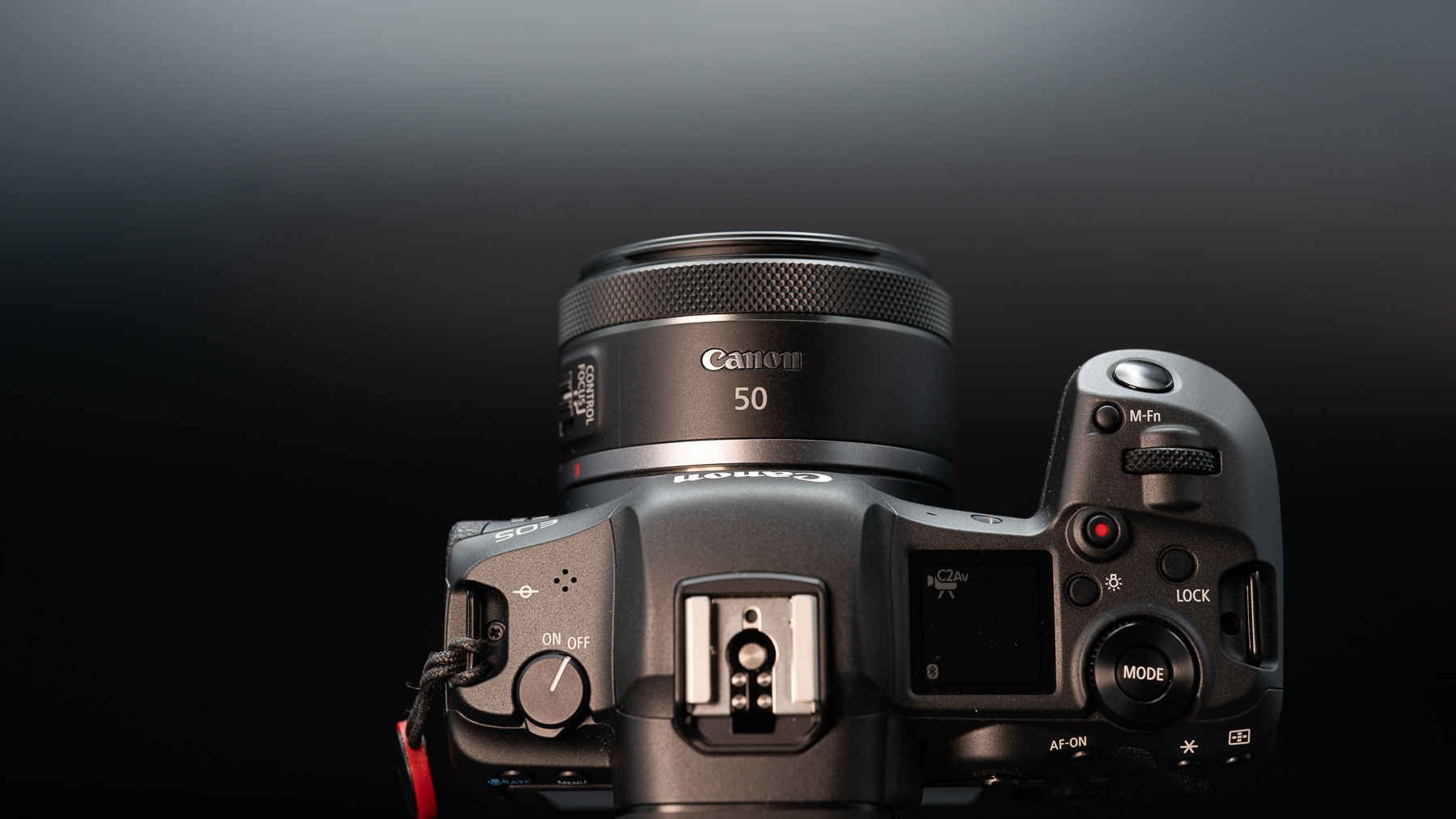
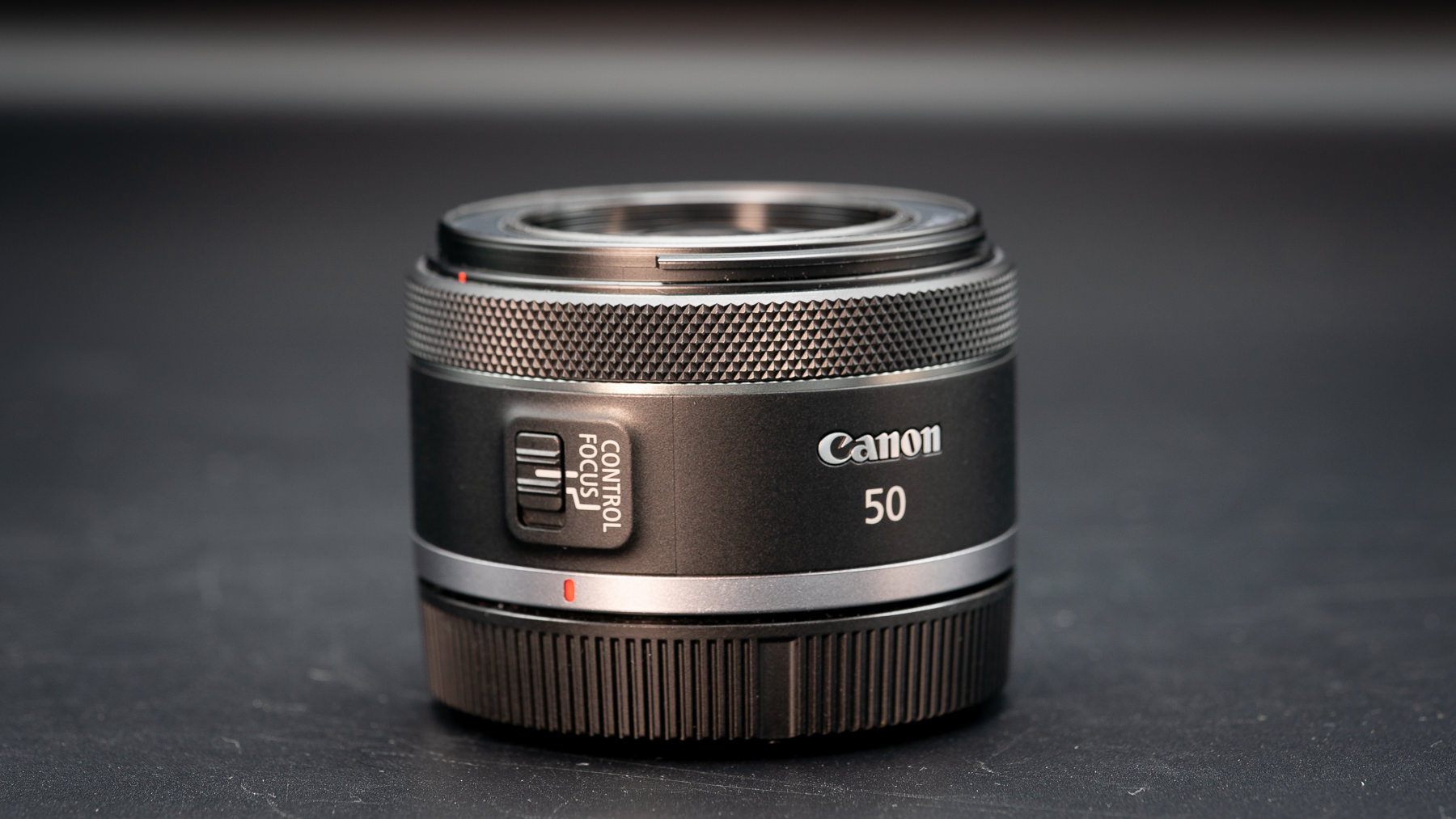

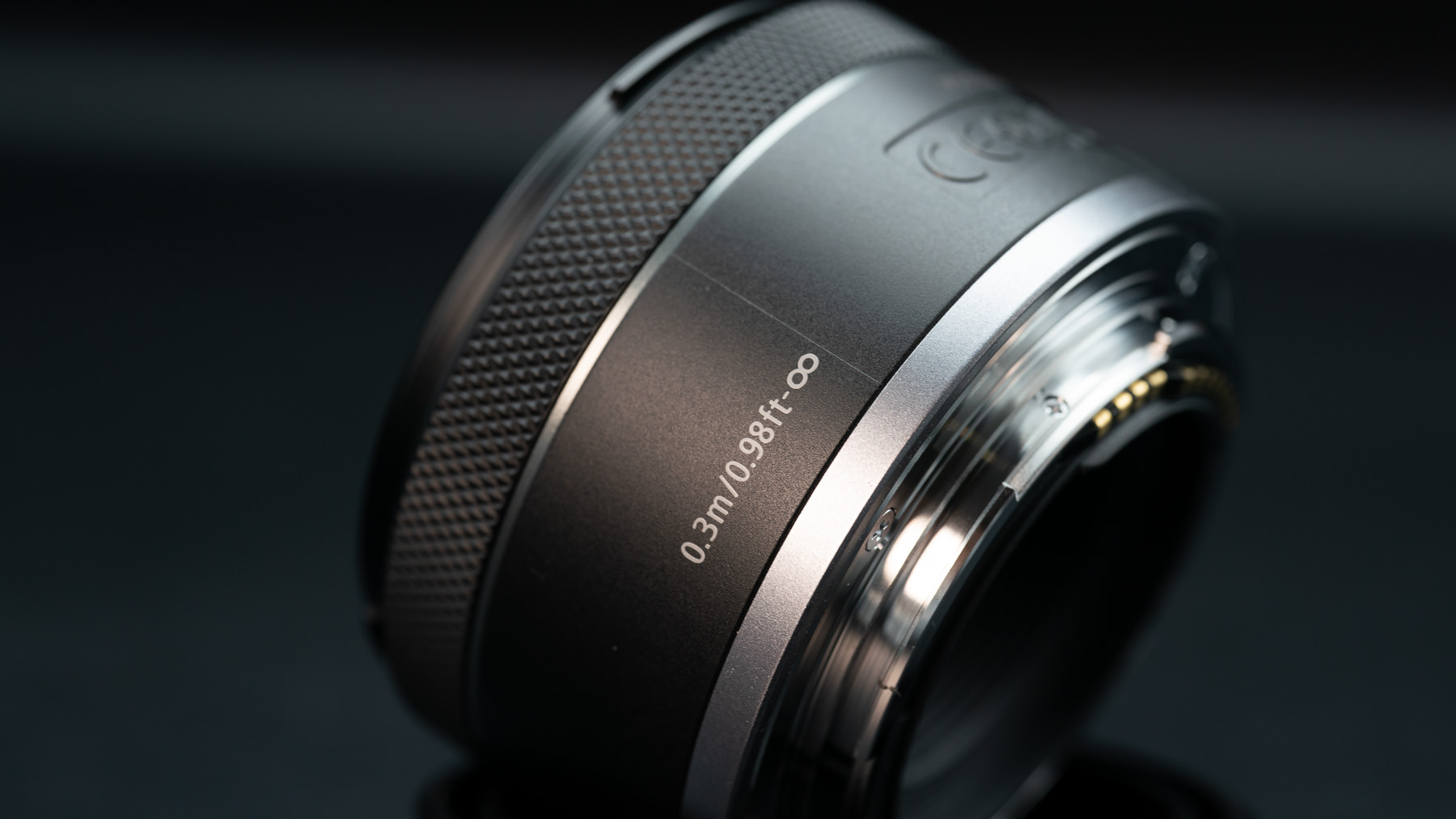
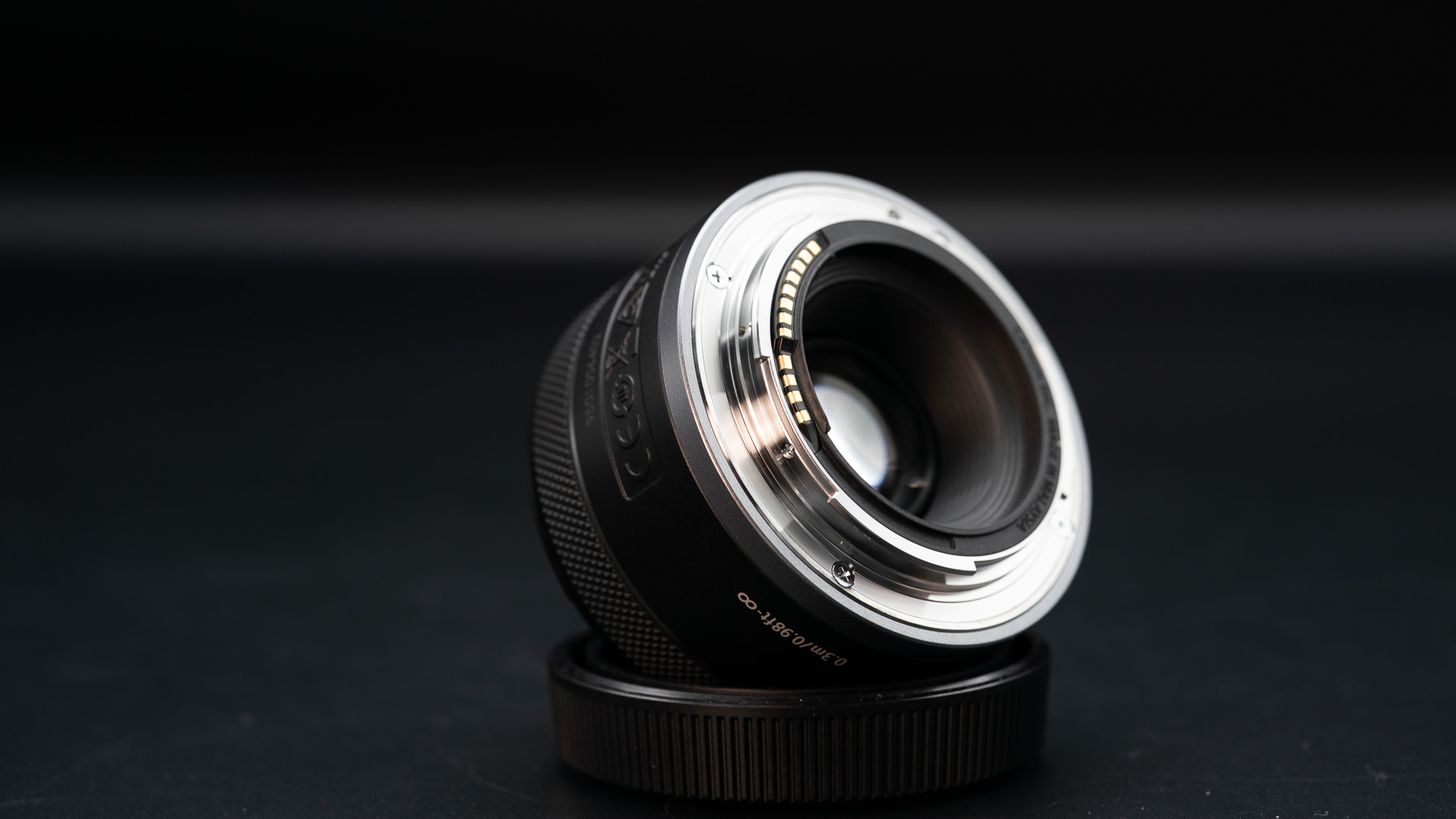
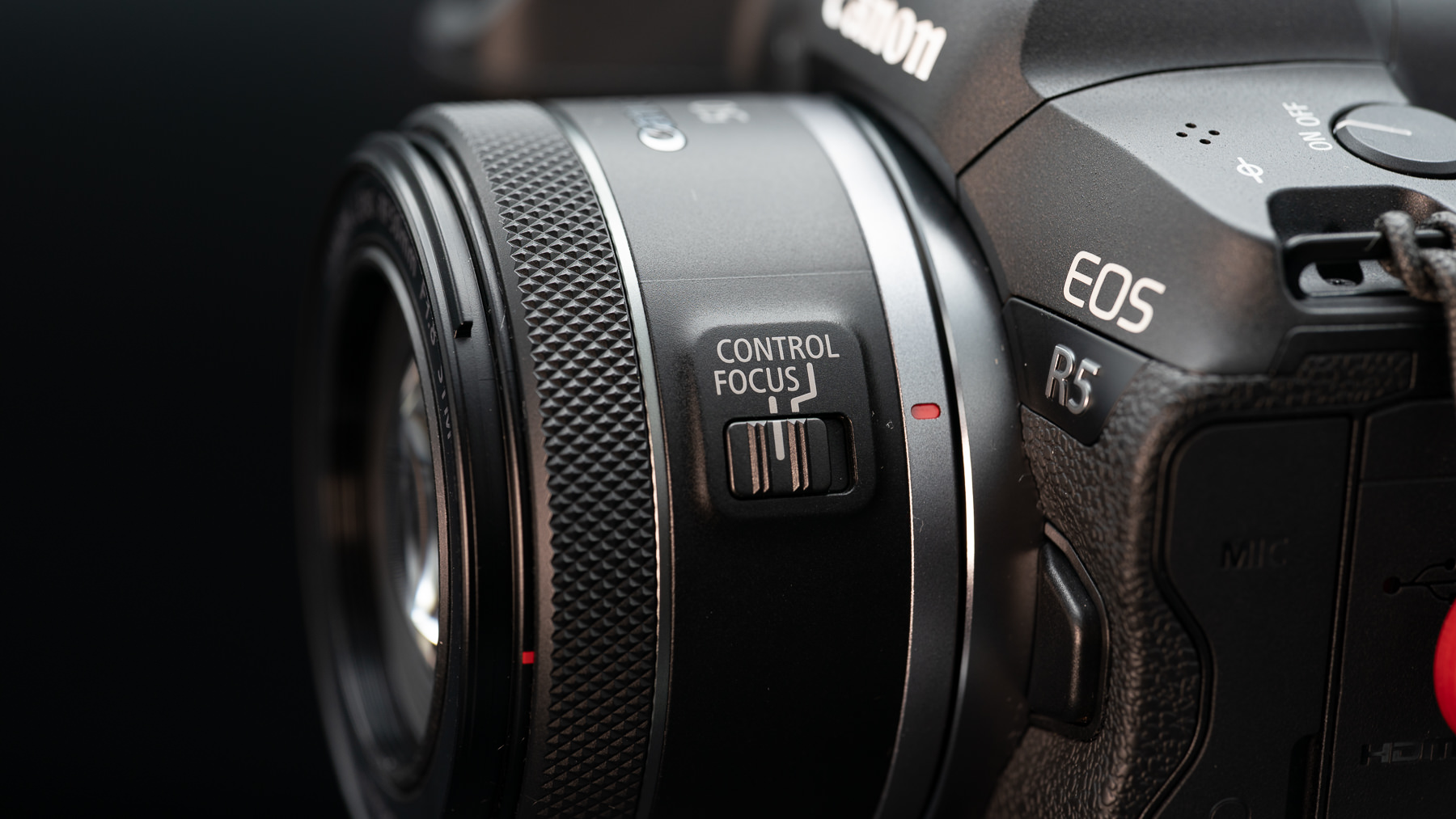
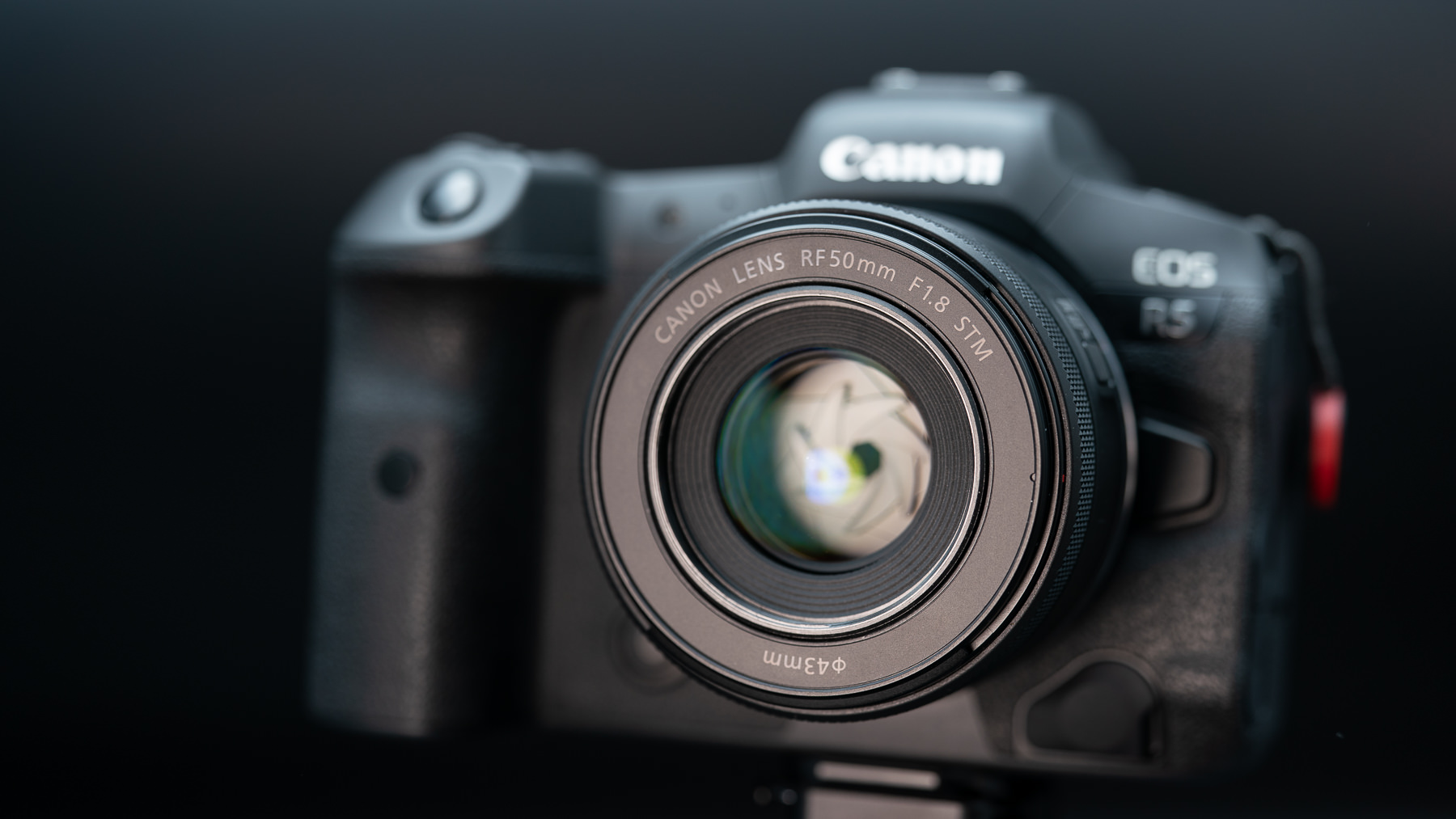







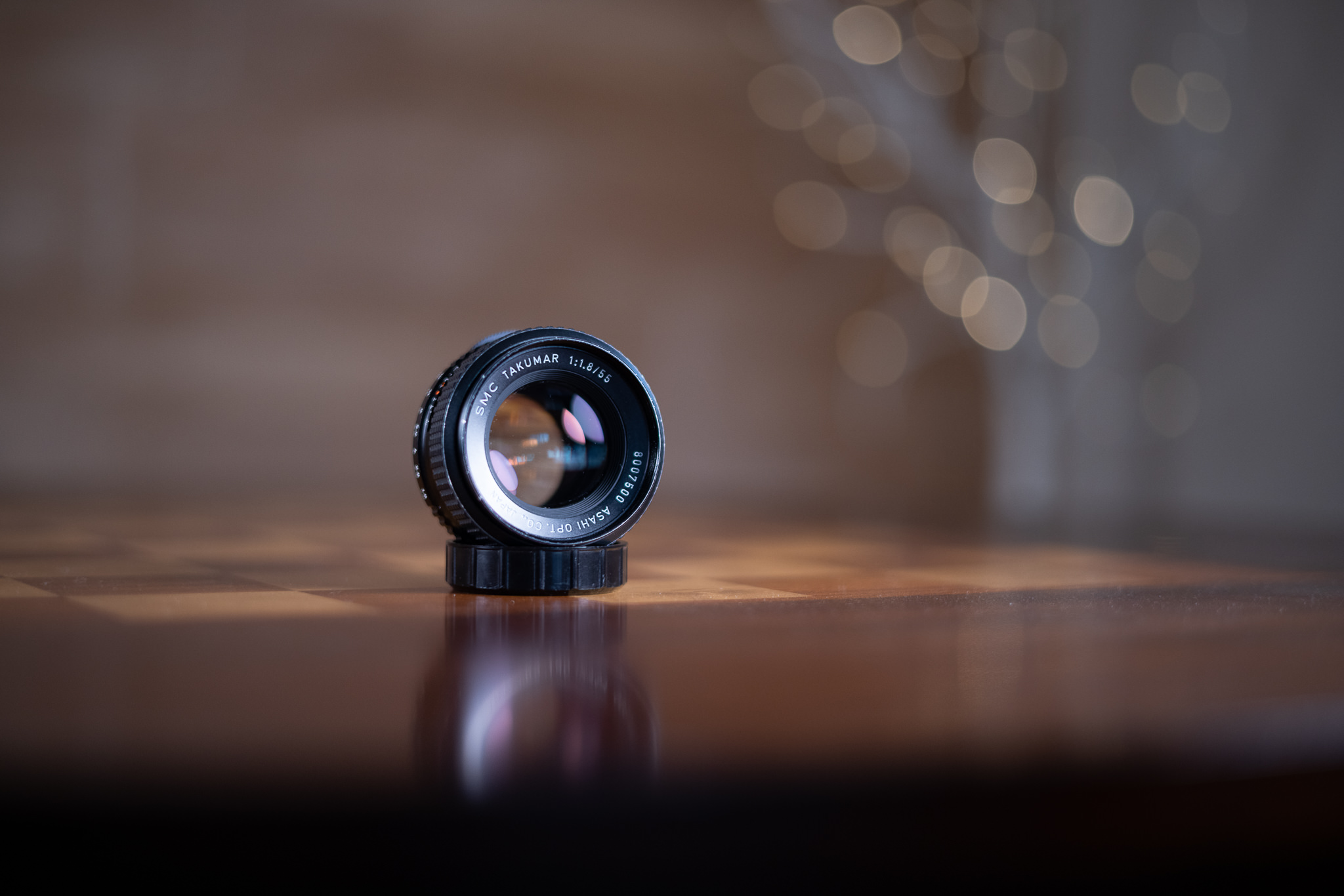
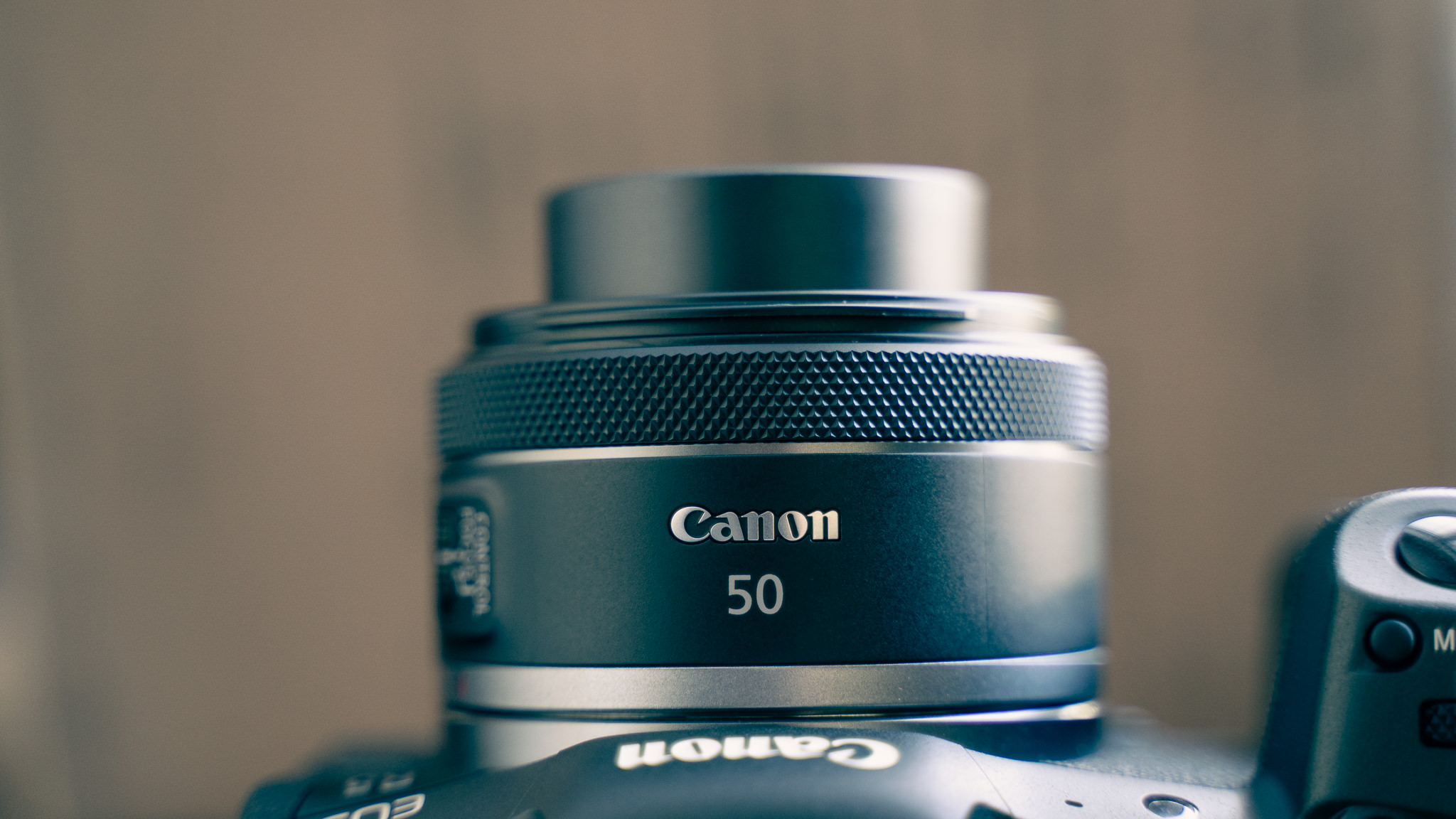
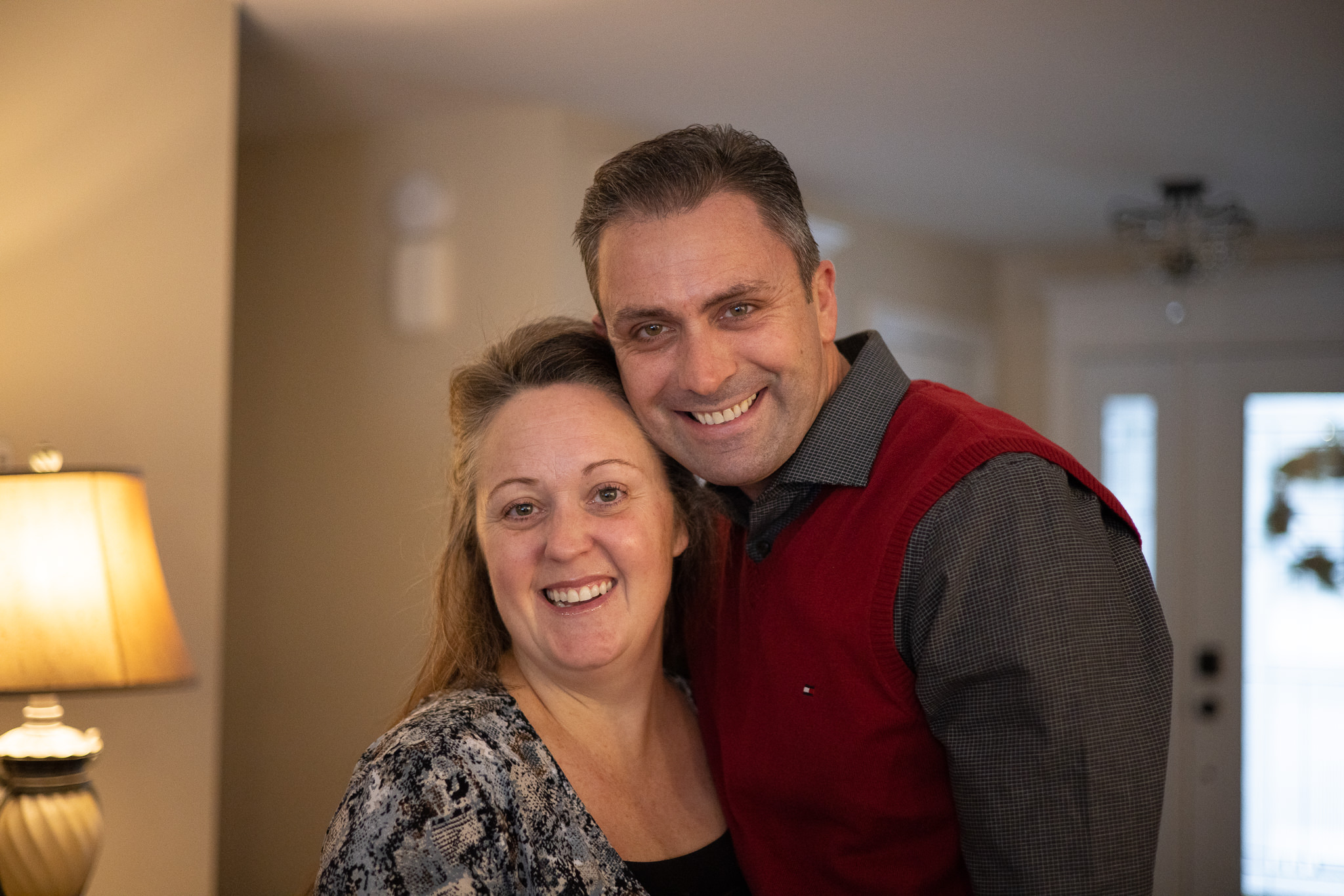




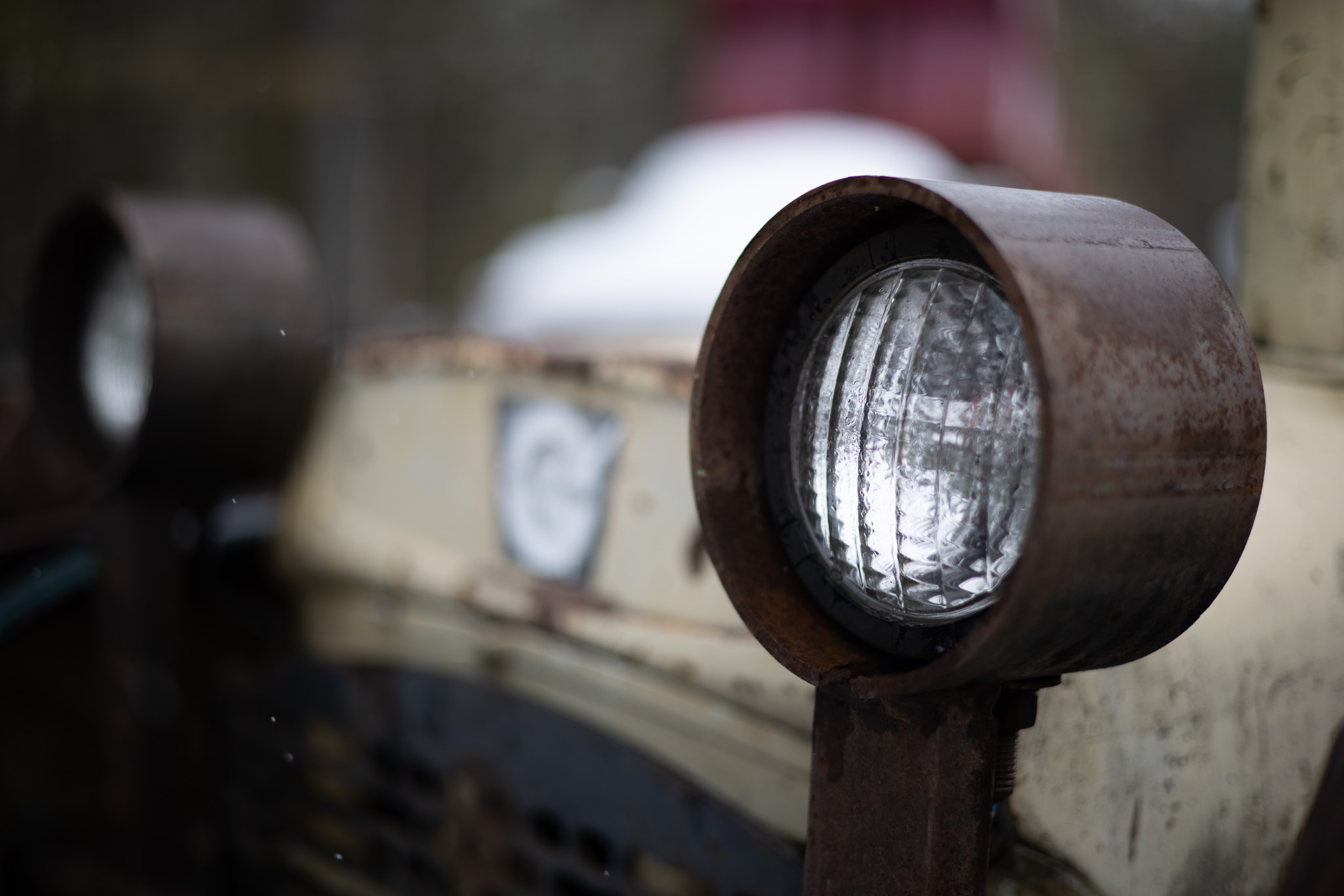
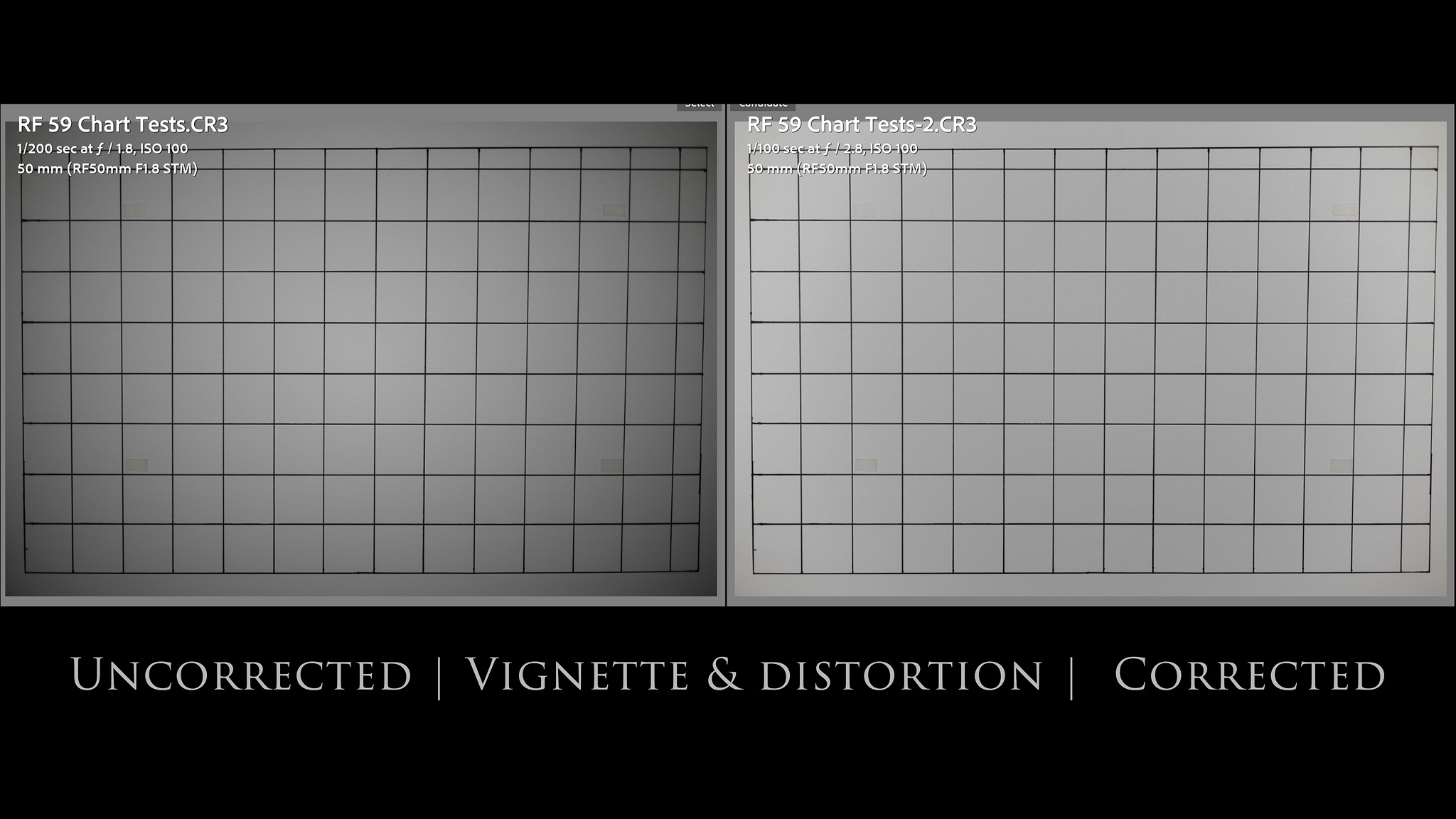
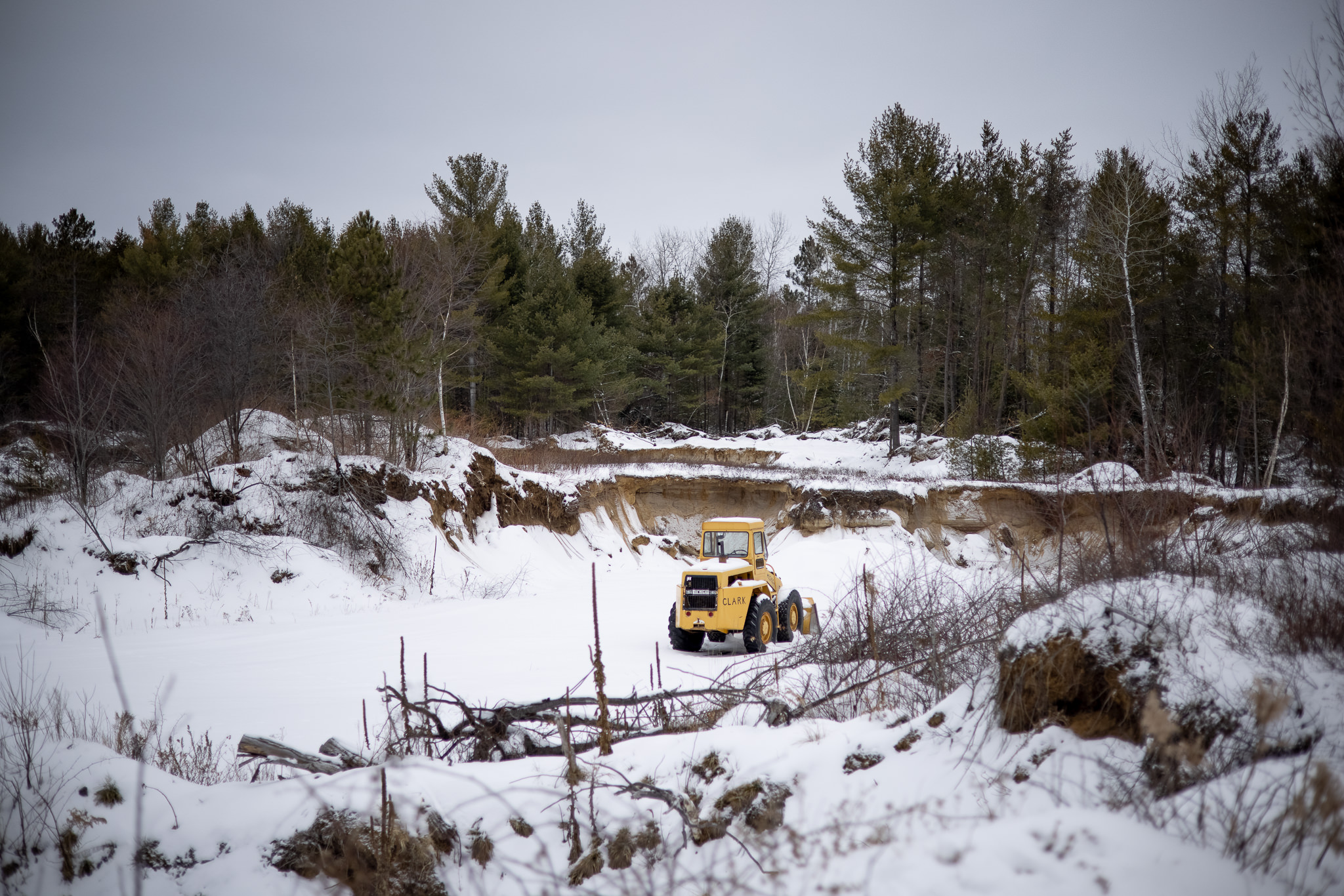

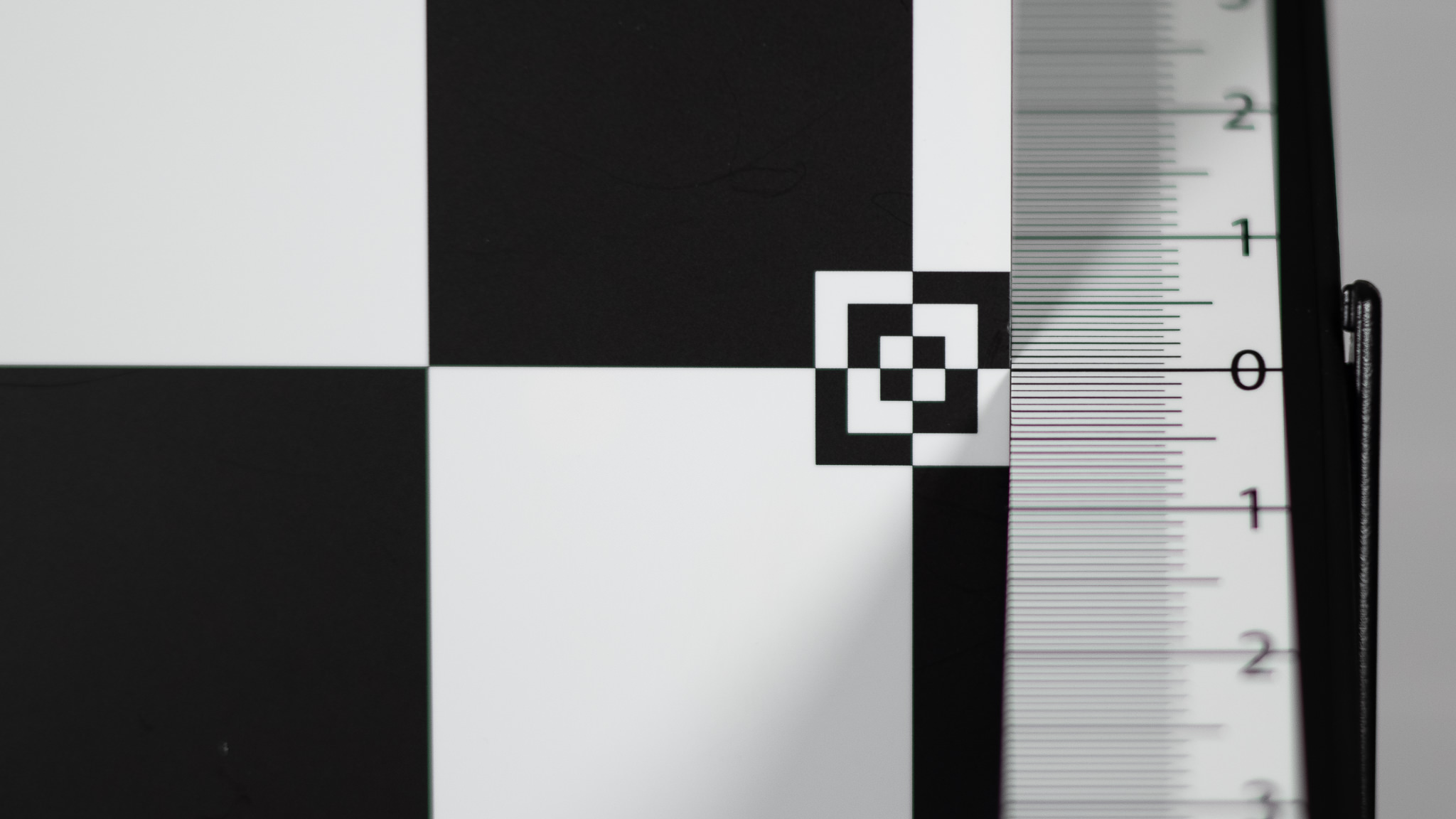












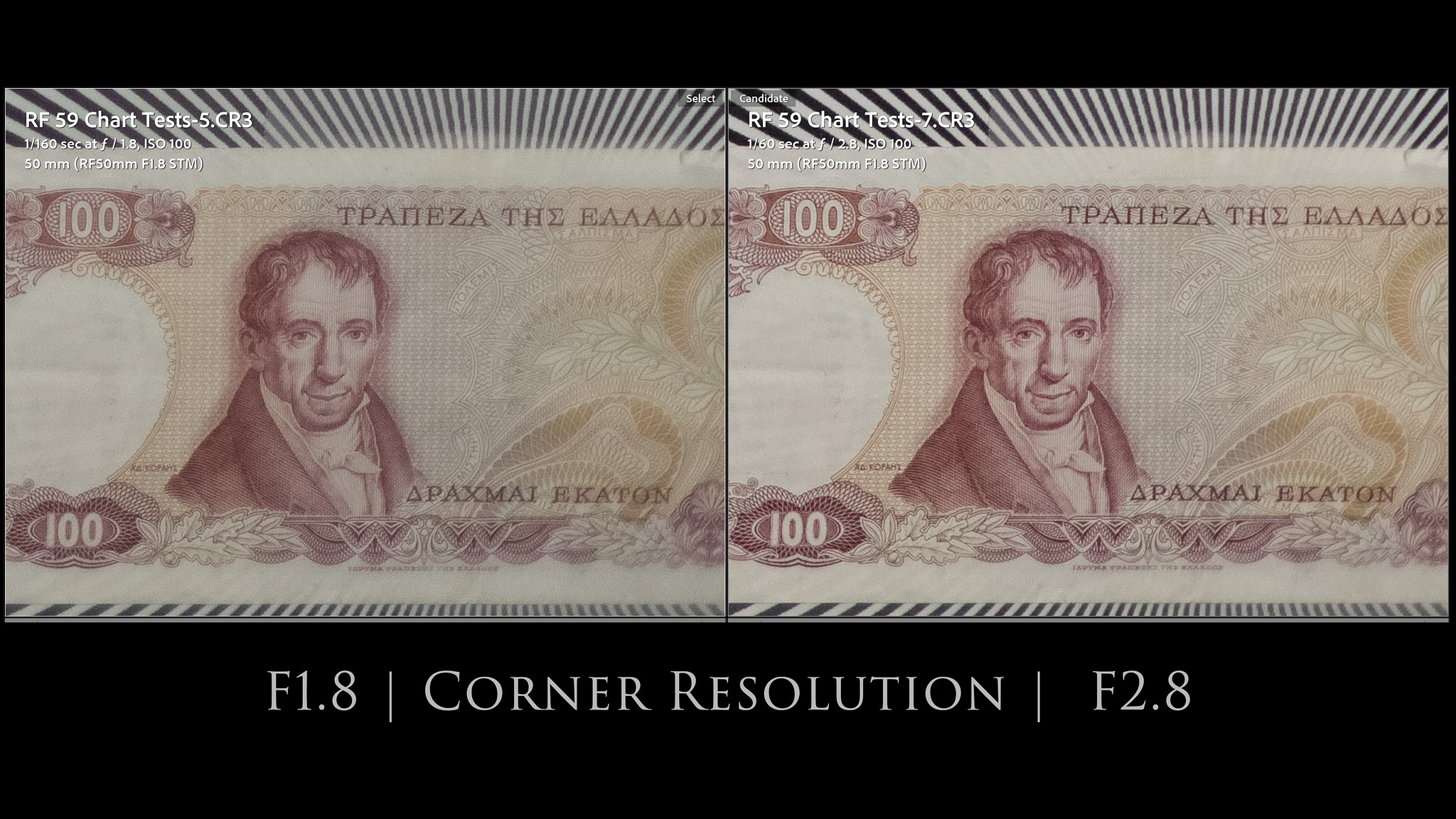































 Sirui Sniper 75mm F1.2 Review
Sirui Sniper 75mm F1.2 Review  Sirui Sniper 75mm F1.2 Gallery
Sirui Sniper 75mm F1.2 Gallery  Tamron 70-300mm F4.5-6.3 RXD Z-mount Review
Tamron 70-300mm F4.5-6.3 RXD Z-mount Review  Nikkor Z 40mm F2 Review
Nikkor Z 40mm F2 Review 





